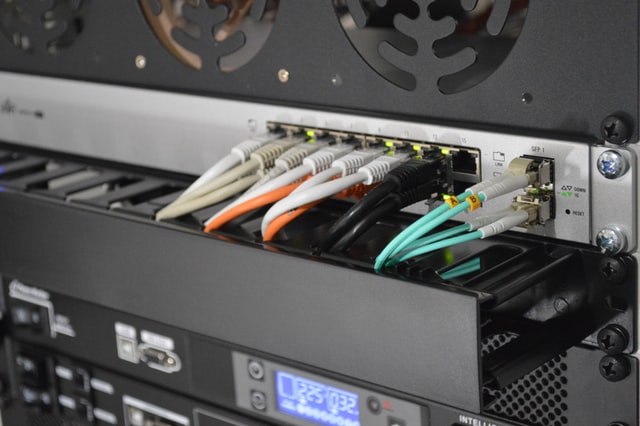The internet has become a critical part of our day-to-day lives. We perform hundreds of activities with the help of this wonderful invention. The internet helps us connect through social networking platforms, emails, and chat messengers. It allows us to work from home and run our businesses online. Not only that, but services like Time Warner Cable internet give us the freedom to stream our favorite TV shows and movies on end, create alluring designs, participate in virtual classrooms, and compete with one another in digital gaming marathons. The internet makes smart living possible, streamlines multiple sectors of society, and turns the world into a global village. However, there are many ways of connecting to the web, and not all of them are 100% safe. Whether you use 4G broadband or rely on good old Wi-Fi technology, you have to consider certain security factors, if you wish to continue benefiting from cloud solutions. This post will examine the safety standards of both 4G and Wi-Fi, reaching a verdict at the end.
Is 4G Safe?
4G refers to the mobile data, which you get from your cellular carrier, instead of an internet service provider. This mobile broadband technology leverages the cellular towers in an area to build a connection to the web over radio waves. This connection is mostly encrypted and protected by the best authentication protocols. In other words, it is incredibly difficult for a hacker to bypass the security of 4G and spy on your activities online. However, it is not impossible. The security standards for 4G are generic and predictable, which allows smarter cybercriminals to launch any of the following privacy attacks:
ToRPEDO: This happens when an attacker sniffs a paging occasion, tracks the location of a user’s device by intercepting its communication with the nearest base station, and even hijacks the paging channel to block messages and launch fake Amber alerts, etc.
PIERCER: This happens when an attacker figures out a device’s unique IMSI or International Mobile Subscriber Identity number on the 4G network, opening the door to further attacks.
IMSI-Cracking: This brute force attack happens when after successfully decoding a previously encrypted International Mobile Subscriber Identity number, an attacker tracks the mobile activity and closely monitors its communication via rogue devices impersonating cellular towers.
Though these flaws in an otherwise strong cybersecurity suit have just surfaced, mobile carriers are well on their way to counter them with permanent fixes. So, yes, it is safe to surf on 4G, provided that you are aware of the aforementioned attacks, and can keep an eye out for them.
Is Wi-Fi Safe?
Wi-Fi is a wireless network that either is set up by an internet service provider (private Wi-Fi) or by the locality heads (public Wi-Fi). In the case of a private Wi-Fi network, you can expect maximum-security coverage from your provider. Such a network is usually safe, firewall-protected, and restricted by a unique password. By tweaking the network settings here and there, you can further enhance the security factor of your private Wi-Fi connection. Public Wi-Fi, on the other hand, is a completely different deal. It is subject to the following vulnerabilities:
Open Access: Most of the public Wi-Fi hotspots are free and open. In other words, they don’t require passwords to give web access. You can tap into the network without trouble. However, such unlimited access can also expose your connected devices to the interested onlookers, enabling them to target you easily.
Zero Encryption: Encryption tunnels your data and communication online by turning it into an un-hackable code. Sadly, public Wi-Fi does not support encryption protocols, such as WPA2, which private Wi-Fi does, leading to the possibility of snooping and sniffing.
Rogue Points: Hackers set up fake Wi-Fi access points, which mimic the legitimate ones on the public network. When you click on such a Wi-Fi name, you invite the attacker into your system, who either steals your confidential information or unleashes malware or do both.
So, the safety of Wi-Fi depends on the kind of network you’re using. Private Wi-Fi is a hundred degrees safer than public Wi-Fi, as you may have already seen. By sticking to a trust-worthy network, you can conduct your activities online without worrying too much.
Final Verdict
Which one is more secure, then? 4G or Wi-Fi? Here’s our verdict:
4G is safer than Wi-Fi, but if you don’t have an unlimited data plan, it can get costly. A wise move would be to use 4G when you’re outside your house, and a private Wi-Fi network when you’re at home. Public Wi-Fi should only be your last resort, since it is riskier and not suitable for sensitive web activities involving finances and PII. A multi-channel approach should keep you protected on the web for sure.
